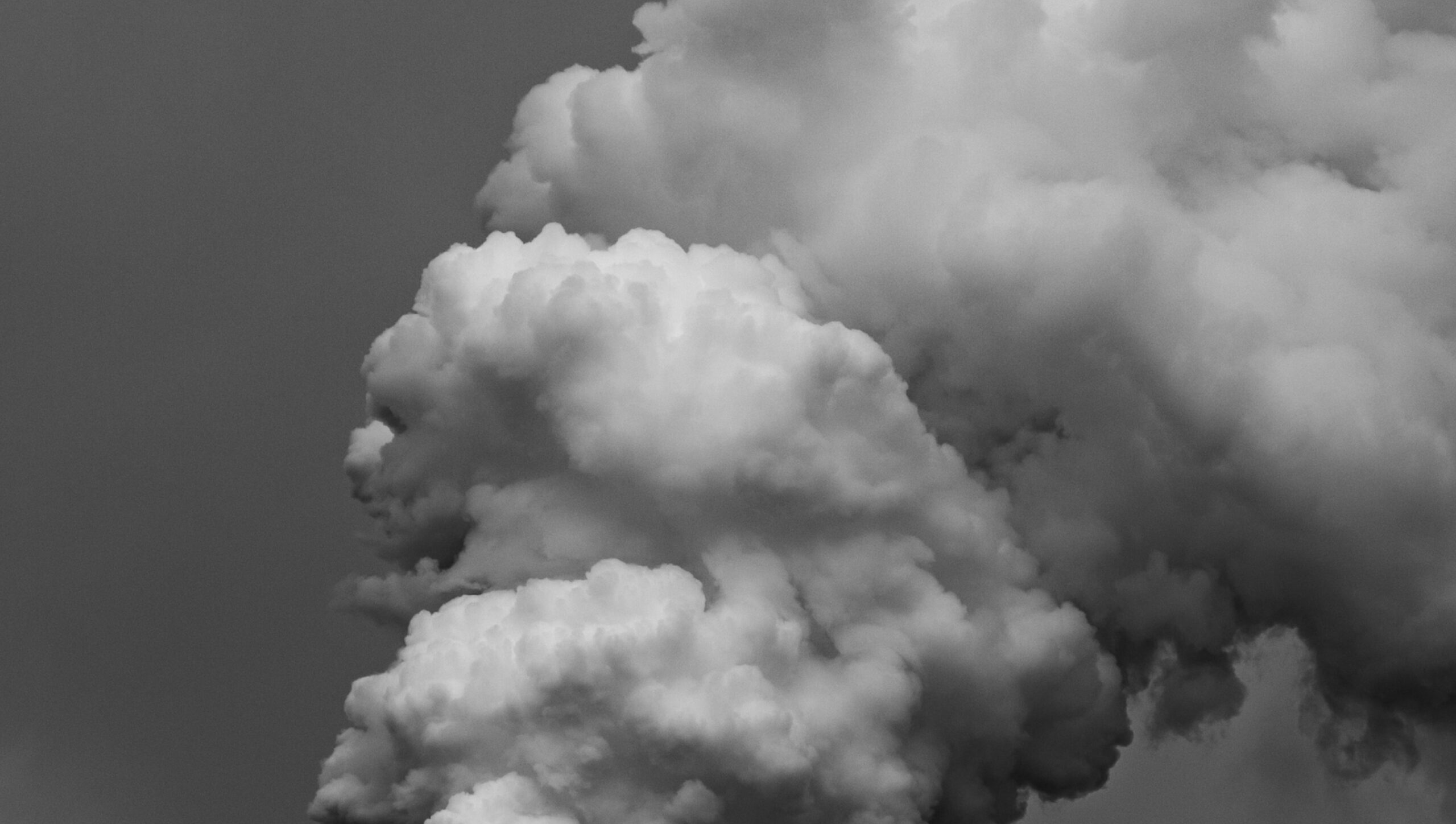
Polycyclic aromatic hydrocarbons (PAHs) are compounds formed by two or more aromatic rings that derive mainly from the incomplete combustion of organic matter such as coal, petroleum derivatives, oil or biomass.
The generic term ‘dioxins’ indicates a group of 210 polychlorinated aromatic chemical compounds, divided into two families: PCDD (polychlorinated dibenzodioxin) and PCDF (Polychlorinated dibenzofurans).
Dioxins are not produced intentionally but are undesirable by-products originated from different chemical and/or combustion processes, especially during waste combustion.
They are particularly stable and persistent compounds in the environment, toxic to humans, animals and to environment itself. Dioxins and furans are in fact 2 of the 12 classes of persistent organic pollutants internationally recognized by the UNEP (United Nations Environment Program).
There are 75 dioxins congeners and 135 furans congeners, which differ in the number and position of chlorine atoms on benzene rings. Among these, only 17 (7 PCDD and 10 PCDF) have particular concern from a toxicological point of view.
Problem caused by PAH’s
PAHs and dioxins are found in the environment, and accumulate in the food chain, mainly in the adipose tissue of animals.
PAHs and dioxins are highly toxic and – after prolonged exposure – can cause reproductive and developmental problems, damage the immune system, interfere with hormones and even cause cancer.
The best way to prevent or reduce human exposure is through direct source measures, i.e. strict control of industrial processes to reduce dioxin formation. And, of course, avoiding burning plastic waste

EXUS solutions for PAH and PCDD emissions
Since they are deriving from combustion phenomena, the thermal and turbulence conditions in the furnace are essential to prevent their formation.
But when it is not possible to prevent their formation, they are treated with dry systems:
-
Dry systems Dry systems generally use dry powdered activated carbon. Next, a bag filters can be used to remove additional solid particles that will then be disposed of.